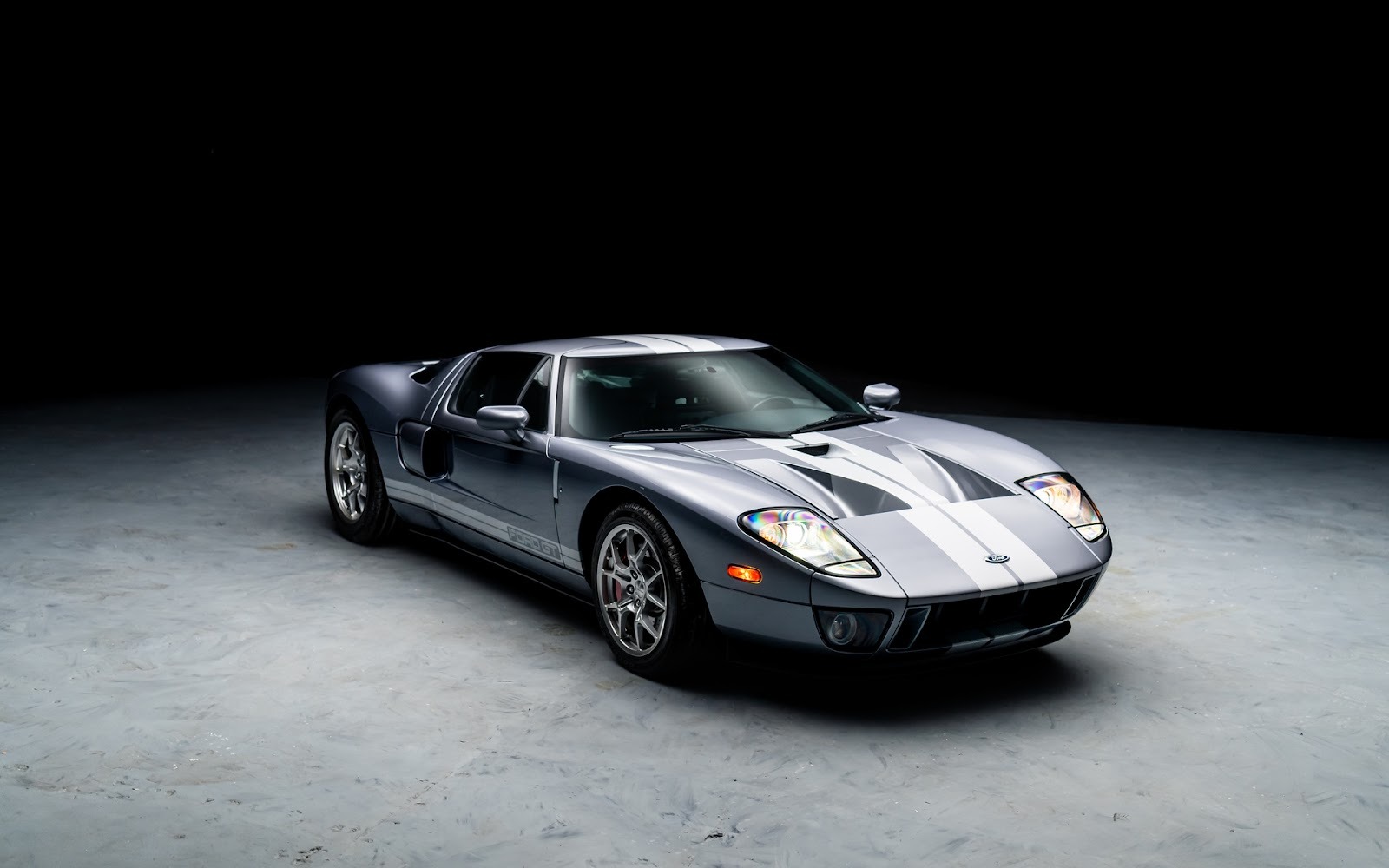The Birth of an Icon, the XJ220
The XJ220 is more than just a marvel of engineering—it's the product of passion and dedication.

The XJ220 was conceived not in the, by day, bustling design studios of Jaguar, but, by night, in the spare time of its devoted engineers. At a time when private Jaguar was primarily focused on producing the XJ and XJS models, a group of workers poured their heart and soul into designing a car that would transcend the ordinary. With minimal budget and resources, this project was truly a labor of love.

The objective was a road going supercar that would bring home a win at Le Mans and also reach 220MPH, hence the name.
Initial Concept

The original design and concept of the Jaguar XJ220 was nothing short of revolutionary. Initially envisioned as a four-wheel-drive supercar with a V12 engine and scissor-style doors, the XJ220 was set to push the boundaries of automotive engineering. This ambitious project was a collaboration between Jaguar and TWR, operating under the joint venture known as Jaguar Sport. The partnership was already celebrated, having won Le Mans in 1988 with the XJR-9.
Eight days before its scheduled unveiling at the 1988 British International Motorshow, the XJ220 prototype was shown to Jaguar executives. With Porsche's 959 and Ferrari's F40 making headlines, there was significant apprehension about how the public would react to Jaguar's new concept. Despite these concerns, the decision was made to present the car.
When the XJ220 was unveiled at the motorshow, the response was overwhelmingly positive. The public was captivated by its futuristic design and potential, leading to numerous £50,000 deposits from eager buyers ready to secure this innovative supercar once it went into production. This enthusiastic reception marked a significant milestone for Jaguar, solidifying the XJ220's place as an iconic supercar.
The Iconic Supercar Comes Alive

When the Jaguar XJ220 entered production, it showed a shift from its initial concept. Instead of the anticipated V12 engine, the production model was equipped with a 3.5L Twin Turbo V6. This change was necessary to achieve a staggering 550 horsepower while staying within environmental restrictions. Despite not having a V12 under the bonnet, the XJ220 proved to be a rocketship for the road, accelerating to 60 mph in just 3.6 seconds and reaching a Jaguar-tested top speed of 213 mph. In a test at Nardo, F1 driver Martin Brundle achieved a remarkable ~217 mph with the catalytic converters removed, underscoring the car's incredible performance.
The XJ220's body, made of aluminum honeycomb, contributed to its lightweight yet robust structure. This sleek powerhouse quickly became the fastest production supercar in 1992, even if it fell short of the 220 mph mark initially envisioned.

The media was eager to get their hands on the XJ220, with the car being featured multiple times on Top Gear and other motoring shows. However, production numbers were limited, with only 281 units produced out of the planned 350. The final price of the XJ220 exceeded £400,000, leading to discontent among some enthusiasts who had placed deposits based on the original concept. This resulted in a lawsuit against Jaguar, with claimants arguing that the production model differed significantly from what was promised. Jaguar ultimately won the lawsuit, proving that the car remained very similar to the original concept.
The Jaguar XJ220 stands as an iconic supercar, celebrated for its groundbreaking performance and the determination that brought it to life despite limited budget and resources. Even with the challenges and controversies, it remains a testament to Jaguar employee’s dedication to innovation and excellence in automotive engineering with this passion project.















.webp)
